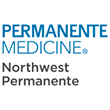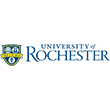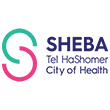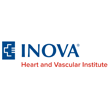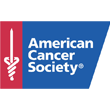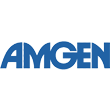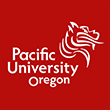Featured White Paper
Asynchronous remote patient monitoring goes mainstream
What happens between patient encounters can be as important, if not more important than what happens during an in-person visit, especially for patients with chronic conditions and those transitioning from the hospital to the home.
New White Paper
Putting the "Care" into Remote Healthcare
Remote Patient Monitoring (RPM) as we know it today – with all its advantages – falls short. The reason? Monitoring and alerting alone cannot provide one of the most critical parts of healthcare: care itself.
Research
Physicians from Sheba Medical Center utilize Datos Health’s remote care platform to study how effective remote patient monitoring (RPM) is for chronic care management in elderly patients with heart failure and those needing cardiac rehabilitation. The conclusions are positive for patients participating in remote cardiac rehab and show promise for heart failure patients. The studies determined that optimization of heart failure medication improved along with overall program adherence.
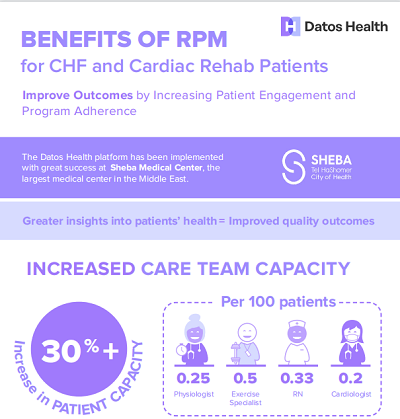
Remote patient monitoring
Benefits of RPM for CHF and Cardiac Rehab Patients
Increase program adherence with remote CHF care plans and improve outcomes for your cardiac rehab patients. Our automated remote patient care system leverages validated surveys and questionnaires of your choosing such as ePro, PHQ9, Promis10, Borg rating and more to monitor patient health.
